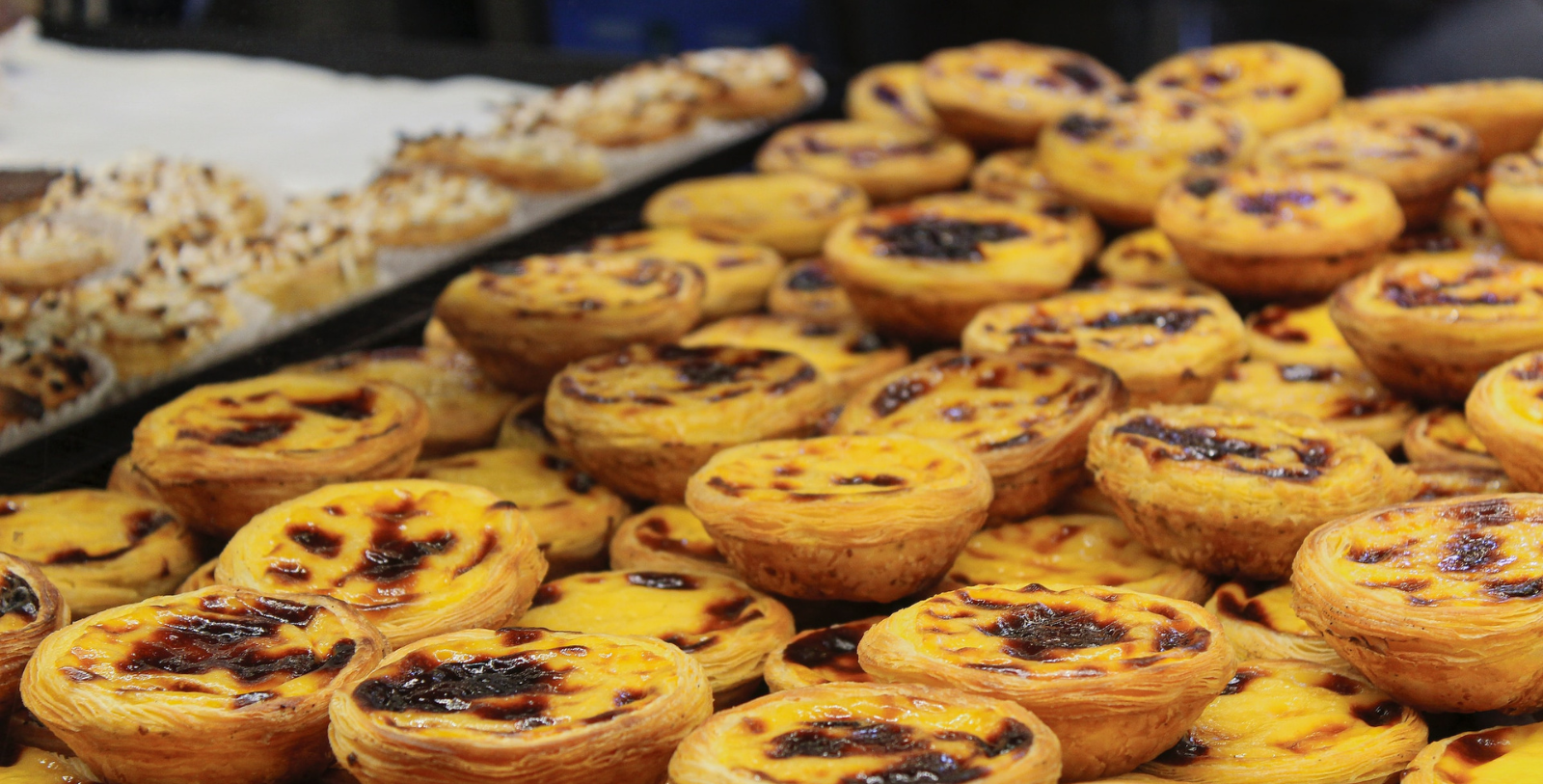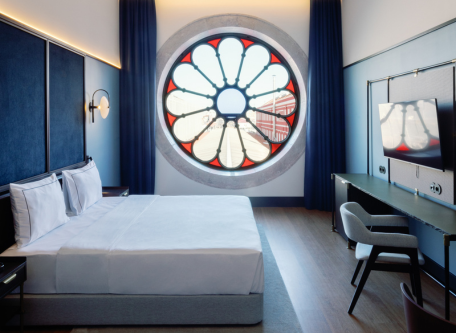Receive for Free - Discover & Explore eNewsletter monthly with advance notice of special offers, packages, and insider savings from 10% - 30% off Best Available Rates at selected hotels.
taste
-
Taste the flavors of Portugal’s varied culinary traditions at Impulso, The Editory Riverside Hotel’s onsite dining venue. This elegant eatery takes its inspiration from the regional rail lines that come together at Santa Apolónia Station, serving as a gastronomic Grand Central Station of sorts. Here, diners can take their taste buds on an epicurean tour of the country without needing to ride the rails as they indulge in dishes made with ingredients brought in by train from their home regions.
-
Tuck into the bounty of coastal Portugal while dining on traditional seafood dishes. Once a working-class fishing community, Alfama cooks up no shortage of options when it comes to fresh fish. “Bacalhau,” the Portuguese word for “cod,” is also Lisbon’s unofficial dish. Made with dried and salted cod, the fish becomes delicate flaky and tender when rehydrated, with a mildly fishy, slightly sweet, and a surprisingly light salty flavor. Grilled sardines, or “sardinhas assadas,” are another neighborhood specialty, and the smell often wafts through Alfama’s mazelike streets.
-
Stop for a “pastel de nata,” a Portuguese custard tart, at one of the city’s “pastelarias,” or “pastry shop.” Created by monks at Lisbon’s Jerónimos Monastery in the 18th century, this addictively delicious egg-filled pastry is a must-try when exploring the city. Not only are they tasty, but they also boast a fascinating history. During the 1700s, egg whites were commonly used to starch nuns’ habits. As a result, monks were left with more yolks than they knew what to do with. To deal with the surplus, they started using the leftovers to make these pint-sized tarts. Then, in 1820, monasteries across the country were forced to close due to the liberal revolution. Luckily, that was not the end for these decadent treats. Rather, one of the put-out monks began selling the sweets at a sugar refinery next door in 1837. Folks passing through the city can still taste the closely guarded original recipe to this day at Fábrica de Pastéis de Belém, which is operated by the first tart merchant’s descendants.
-
Enjoy a shot of “ginjinha,” a sweet yet surprisingly strong cherry liqueur (the resulting cordial usually has an ABV of between 18% to 23%). While travelers cannot go to Porto without trying a tipple of port, Lisbon’s signature drink is definitely ginjinha, or simply “ginja,” meaning “sour cherry,” for short. Crafted out of an infusion of sour Morello cherries and alcohol mixed with sugar and warming spices like cinnamon sticks and clove, this potent, ruby-red concoction is typically served in a shot glass, with (“com elas”) or without (“sem elas”) a couple of the infused sour cherries at the bottom, depending on personal preference. In the town of Óbidos, just a little bit north of Lisbon, an edible chocolate cup is also used. Although the exact origin of Portugal’s national spirit is a little murky, legend has it that it was discovered by Francisco Espinheira, a Galician friar at the Church of Santo António, possibly as early as the 15th to 17th centuries, and later commercialized for the first time at the nearby Praça de São Domingos (St. Dominic’s Square). Today, locals and visitors can still buy a shot from the standing-room only Ginjinha Espinheira, which has been in operation since 1840, as well as several other ginjinha shops around the city.





























